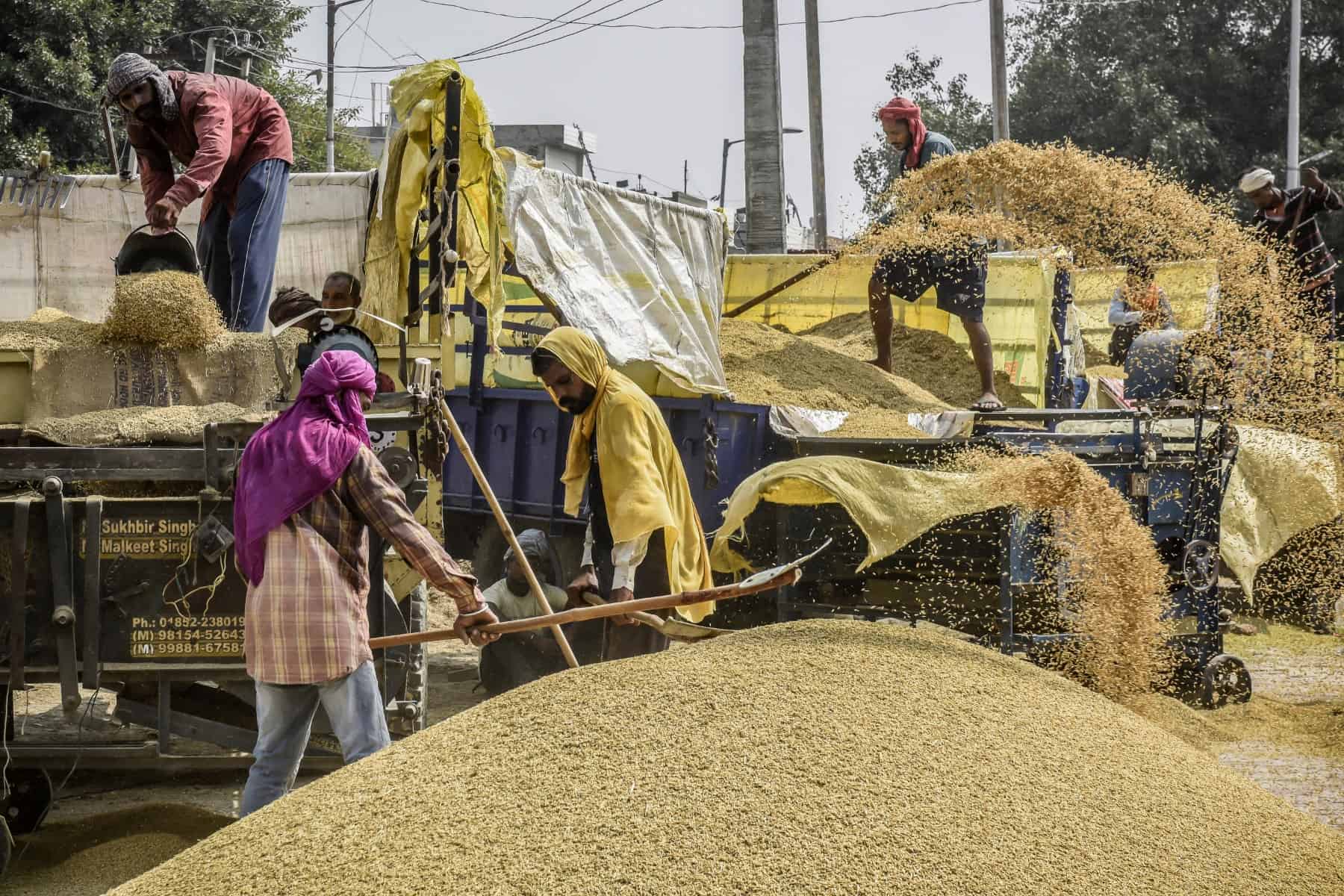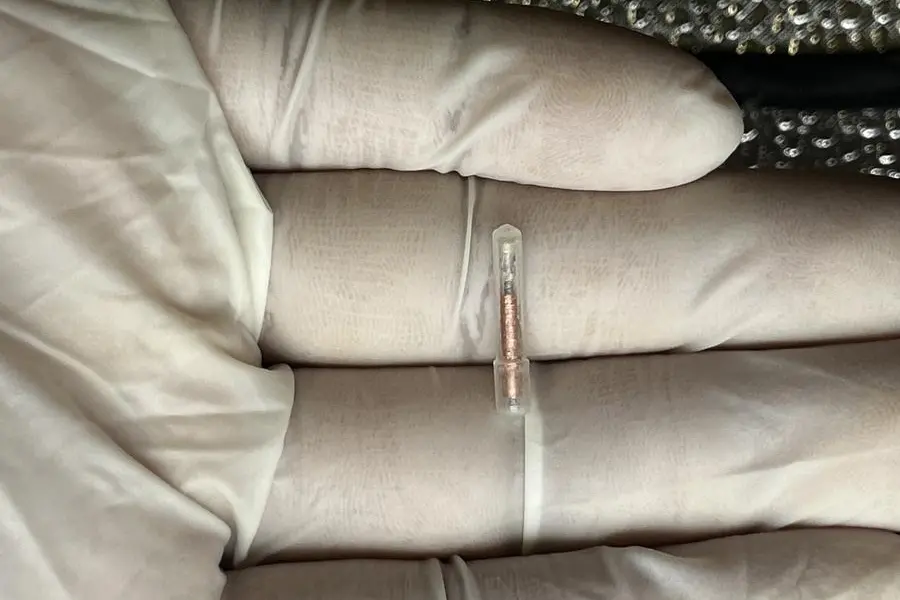New Delhi, India–A glance back at history shows that the Persians picked their first cuppa at the end of the 15th century before which coffee was their primary beverage. But then, the world at that time was also a different place, and transportation of coffee beans was tedious enough for them to look eastwards to China and India for an alternative that they found in tea. By the end of the 19th century, that is in 1899, an Iranian man called Mohammed Milza brought 3,000 saplings from India and planted them in the Giran region. Thus started the first cultivation of tea in Iran.
While India might have gifted the first tea crop to Iran, Persians have been relying in a large measure on New Delhi to keep supplying them with their favorite brew. So much so that for the past three hundred years at least, Iran has been a major destination for Indian tea, which has many a famed variety including the iconic ‘Darjeeling’. Not only has Indian tea been pleasing the taste buds of the Iranians, but India has also benefitted enormously by way of the moolah it has earned – Iran has been accounting for over 20 percent of the total tea exported and has been its second biggest market. Even during the years of the West-backed sanctions, Indian tea made a pit stop at Dubai before being re-directed towards Tehran.
Not any longer. Reports at the end of November suggest Iran may have stopped buying the fabled tea and rice from India, including the fine Basmati variety.
Sujit Patra, Secretary of the Indian Tea Association, said that Iran has stopped issuing order registration of proforma required for importing tea and rice from India. Tea buyers have advised their Indian exporters not to consign any tea cargo until further advice, as any cargo without order registration is not allowed to enter any Iran port by the customs and has to be returned to the origin country, he added.
“Iran is a vital market of Indian tea, particularly of orthodox tea. Any suspension of shipments to Iran would lead to severe adverse impact on the Indian tea market and exports,” said Patra.
While there has been no official communication behind this abrupt decision, several speculative suggestions are afloat.
Firstly, this could be a retaliatory step to India stopping the imports of fruits like kiwis and peaches, attributing pest-infested consignments.
In recent years, India has also come under pressure from the United States to suspend importing oil from Iran. Stopping of imports could therefore be a tit-for-tat political statement, and a tactic to pressurize India to once again look at purchasing Iranian oil by bypassing American reservation, much the way New Delhi is continuing to buy oil from Russia at discounted rates despite the West’s boycott of Moscow due to the Ukraine war.
Another reason could be the collapse of the Vostro account between the two countries. Earlier, India and Iran had set up an effective Rupee-Rial payment mechanism to bypass the need to exchange in US dollars. With India stopping the import of oil, this contrivance collapsed and there is renewed discussion about setting up a new exchange mechanism.
There is a possibility that Iran will start placing fresh orders for Indian products once the new deal, which is still under discussion, has been negotiated. Another reason, disconnected from India, could be the widespread anti-hijab protests in Iran which have brought down the demand for edibles due to the closure of hotels and markets.
Iran also has several alternative options for importing tea. Kenya has been selling India tea for nearly half the rate of Indian tea, charging about $1.8-$2 against the $3.3 that Indian growers charge per kilo.
Besides, Kenya provides all three varieties, including tear, curl and crush tea. China and Indonesia are the other suppliers of tea to Iran, so the country is spoiled for choice. India, on the other hand, relies heavily on Tehran for its tea exports.
In terms of numbers, Iran’s rice imports in Apr-Sept 2022 stood at $641.66 million, while tea imports in the Jan-Sept period stood at $66.39 million. In the years 2021 and 2020, Iran imported around 26 million kgs and 35 million kgs of tea respectively from India.
The overall business had been looking robust as well. From Apr-Sept 2022, bilateral trade stood at $1.3 billion. During the period, Indian exports amounted to $1 billion while Indian imports amounted to $306 million. Total trade increased by 59.9 percent compared to the previous year, as per data from India’s Ministry of Commerce.
However, the ban on tea and rice could throw in a spanner and dampen figures of aggregate trade in the second half of the financial year.
“After a considerable decline in exports in 2021, Indian tea exports to Iran had gained momentum since the beginning of 2022 and all efforts should be made to maintain the rising trend,” said Patra.
He said the Tea Board has been requested to take up the matter with the Indian Ministry of Commerce for an early resumption of Indian tea consignments to Iran.
“The government is looking into the matter. We hope if there is any issue it will be sorted out shortly,” Patra said.
As far as rice exports are concerned, India would not be as much worried. The shrinking of its market in Iran will not have such an adverse impact as many other options are opening for India, especially in the wake of the Ukraine war, which has led to a shortage of other foodgrains like wheat and maize in the world.
Moreover, India is hopeful that Iran will eventually come around as Indian rice is not only qualitatively better but also cheaper than that of other exporting countries.







